
Maybe I wasn’t in the right mindset to watch Life With Father; I watched it right after To Kill a Mockingbird, so I had the bar set pretty high. Or maybe it’s because I love Meet Me in St. Louis, which also deals with a turn-of-the-century family. Regardless, I found Life With Father to be a tedious affair powered by William Powell and a 14-year-old Elizabeth Taylor. There are particular moments of fun, but the rote characterization and plot never go anywhere, keeping it hard to maintain your attention for two-hours.
In nineteenth-century New York, the father (William Powell) of a wealthy family is forced to deal with his wife (Irene Dunne) and children’s problems on a daily basis. To complicate matters, a series of unwelcome house-guests threaten his peace and solitude.

In the interest of full disclosure, I’m writing this review two months after I saw the film, so if I confuse details it’s because I’m going off my memory and my notes. Life With Father is incredibly stagy (adapted from the long-running play by Howard Lindsay and Russell Crouse) with grand entrances made by all which become hokey and routine by the half-way mark. The only actor whose entrance works to his advantage is Powell. The camera shoots his feet first and rises up, to have the audience take in the intimidation and bluster that is Powell. Of course, this is contradicted when the audience gets a load of ginger-haired Powell. It’s obviously a bad dye job and just looks like he colored his hair at home and turned it orange. All of this sweeping grandiosity is preceded by the various already introduced family members ominously talking about Father to foreshadow his appearance. He becomes an urban legend with each story increasing the fear of the character. Powell excelled at comedy, or at least being the man with a dark side which was undone with his charming personality. As Clarence Day, none of that is on display. and his greed and bluster come off as mean. He’s akin to Ebenezer Scrooge only everyday is Christmas.
There is a bit of wry humor that appears to place this in the screwball vein; this is a film about first-world problems. For example, Vinnie is horrified to discover that Clarence is negotiating the price of the “best” pew for the family to sit in during church, with the joke being that pews are being bought at all. I also found that religion gets poked fun of quite a bit, although never in a mean-spirited way. When the family discusses going to Heaven, they talk as if they’re planning a family vacation. I have to wonder if 1947 audiences found it as weird as 2013 audiences might? A key subplot is Clarence’s refusal to be baptized, placing Vinnie’s entire world into upheaval; she starts to question “maybe we’re not even married.” Irene Dunne is the straight man of the picture, and she has some fun, yet unremarkable, chemistry with Powell. Much of it could be the prim and proper nature of the time, but Powell and Dunne aren’t as in-sync as Powell and his other female co-stars. You expect the climax to focus on Vinnie’s struggle to overcome an illness – it would be a logical conclusion – but 30 minutes of plot remain involving Clarence flip-flopping on the baptism question.

The additional thirty minutes is included to wrap-up everyone’s storylines, and none are compelling. One of the sons has trouble with the violin and there’s an additional plot involving the Day house-guest, Mary (Elizabeth Taylor). Taylor’s character is chronically naïve, and it’s a nuisance complicated by her squeaky pitch. On top of that there’s an underutilized Upstairs, Downstairs narrative with the help that relies on characters going through the scene but never actively engaging in them.
Life With Father is life as usual, neither spectacular nor terrible. William Powell’s bluster mutes his personality and several times he’s just rude. Irene Dunne is a solid straight man and both Powell and Dunne turn Life With Father into a watchable experience. The problem lies in the humdrum story that feels like a slice-of-life tale, but only shows how boring an average family can be.
Ronnie Rating:

Interested in purchasing today’s film? If you use the handy link below a small portion will be donated to this site! Thanks!
Filed under: 1940s, Comedy, Family, TCM Top Twelve











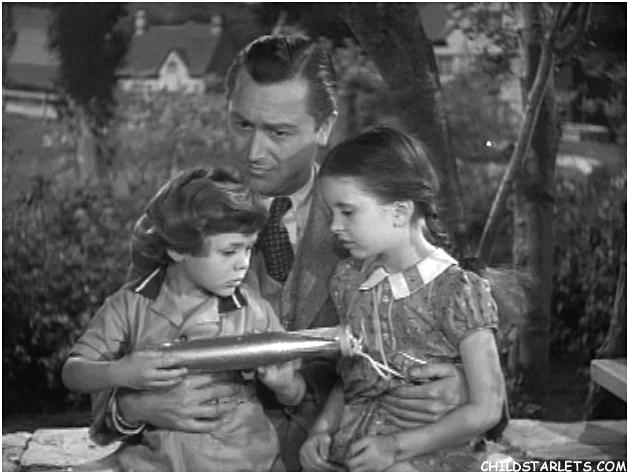



























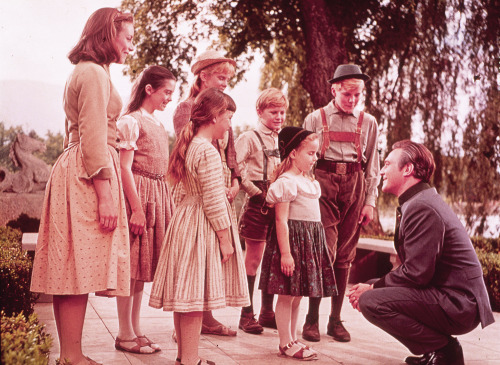








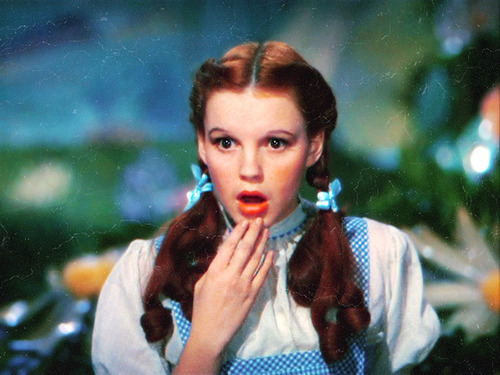

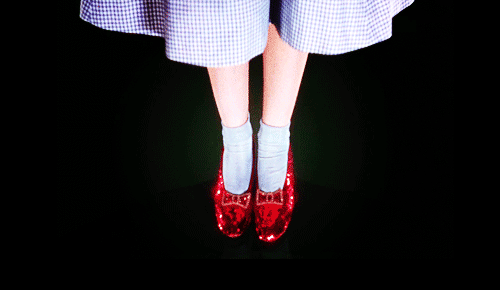





















_01.jpg)


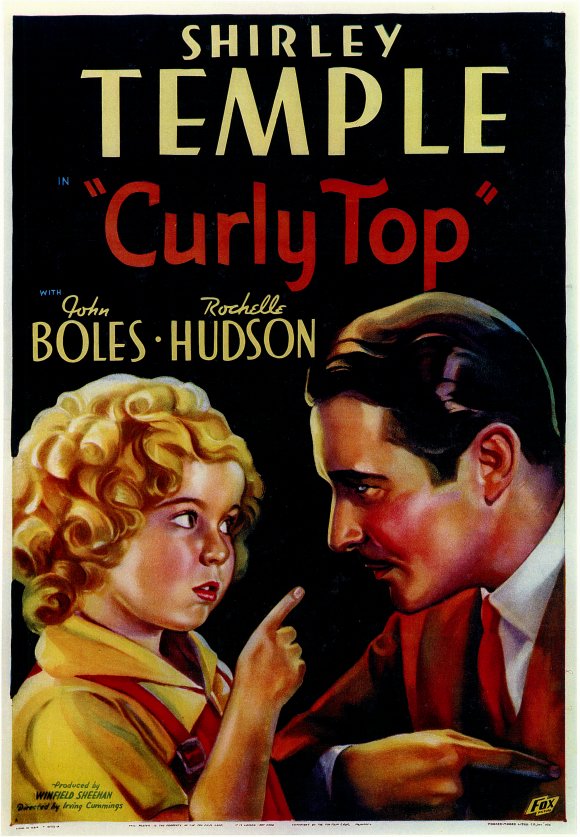






_poster.jpg)






.jpg)






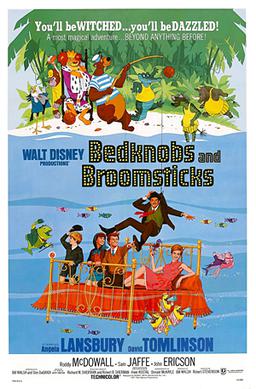


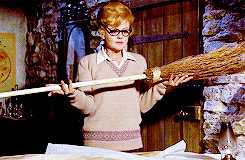













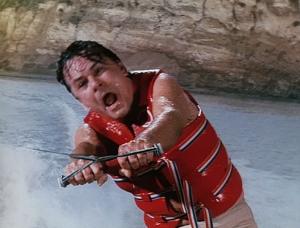
_-_Clip_Dad_tags_along)












